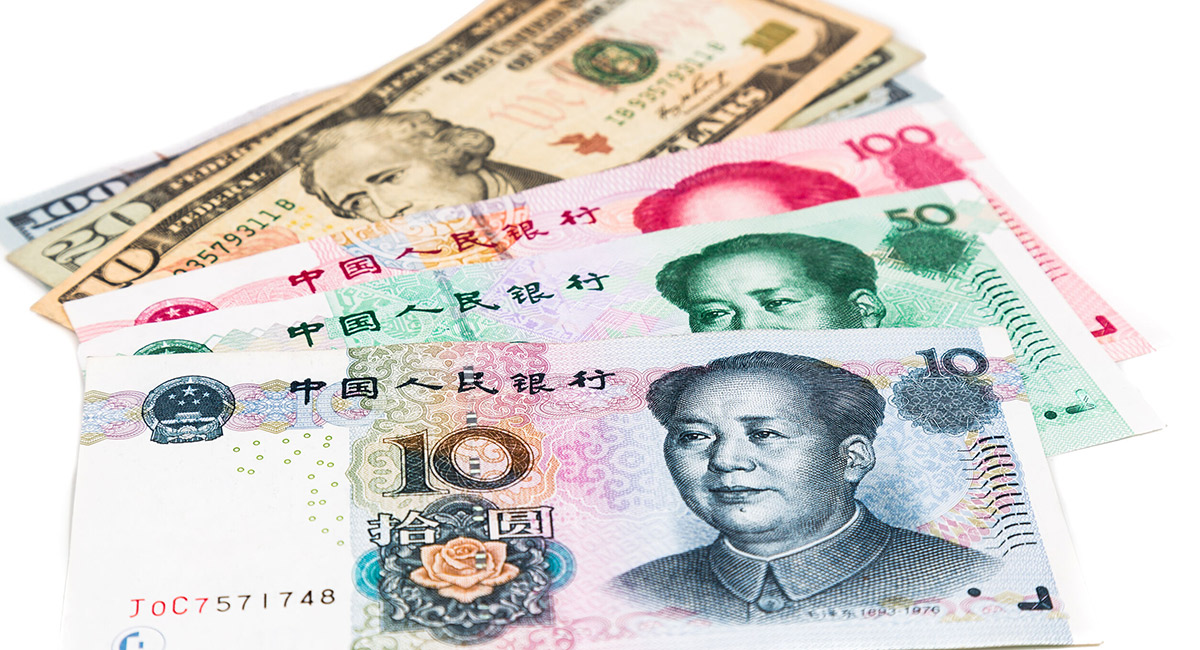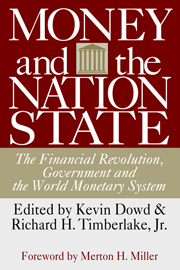In “Yuan Sets Stage for China-U.S. Currency Friction” (Heard on the Street, June 3), Mike Bird fails to inform us as to why the Chinese yuan is at its strongest level against the U.S. dollar since 2018. Importantly, China is one of the few countries that is employing orthodox monetarism. As a result, the Chinese money supply, broadly measured, has been growing much more slowly than the comparable U.S. metric. Consequently, the yuan is relatively strong.
But that’s not all. Mr. Bird’s claim that “the Chinese central bank has long relied on state banks to intervene in the currency market, avoiding doing the heavy lifting, and the outright attention that would bring” is fanciful. First, if Chinese state banks were intervening to create yuan against purchases of dollars on a substantial scale, this would generate a much faster rate of growth of the Chinese money supply—something we aren’t seeing. Second, if the state banks were doing this, they would end up with mismatched positions—long dollars, short yuan—something the Chinese regulators wouldn’t allow.











